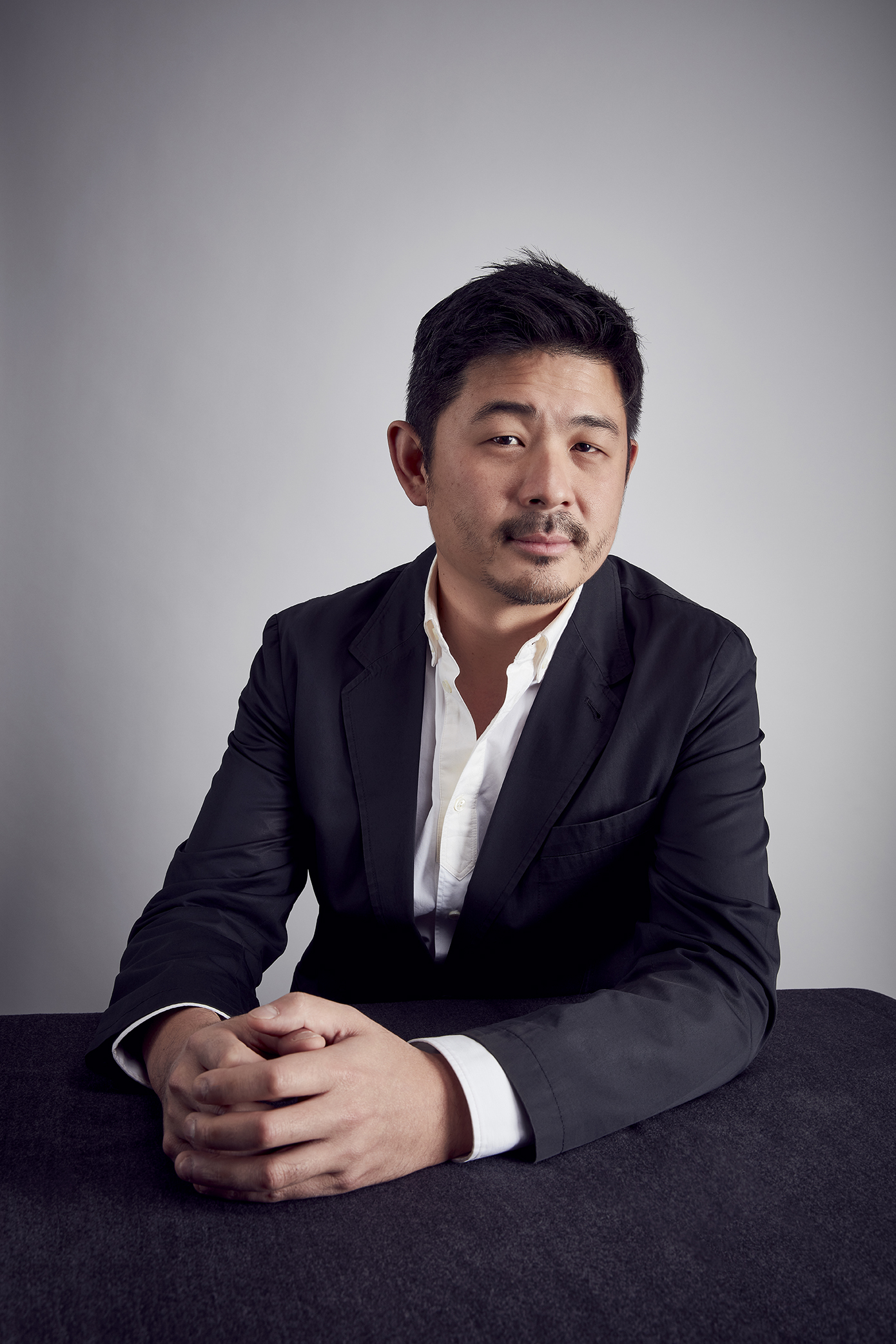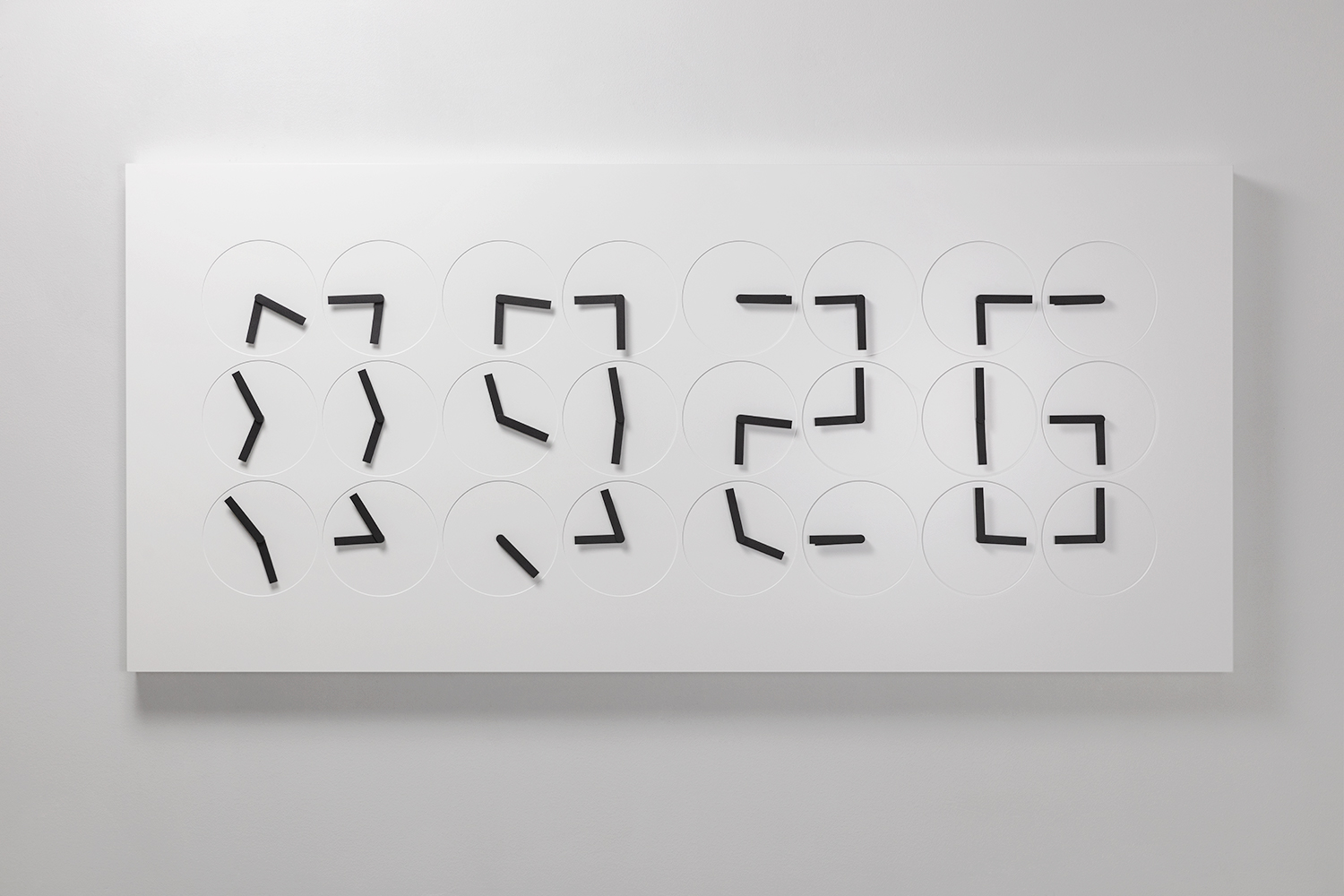Aric Chen is the new curatorial director of Design Miami, the premiere show of collectible design, which features the world’s top designers and architects. The show returns for its 15th edition December 2 through 8, 2019, alongside Art Basel, showcasing a body of work that revolves around the theme of environmental sustainability. Until recently, Chen was the lead architecture and design curator at the soon-to-open Hong Kong museum M+. Long before that, he grew up in Chicago with his Taiwanese mother before studying architecture at Berkeley and then design history at Cooper Hewitt. In 2008, he was the co-creative director at Design Fair Shanghai, and was creative director at Beijing Design Week from 2011 to 2012. Chen now lives in Shanghai, where he teaches and works as M+’s curator-at-large.
A former Archpaper columnist himself, Chen recently spoke with AN’s products editor Gabrielle Golenda about the current state of design, the environment, and issues affecting the industry, as well as major changes that will shape the field in the coming years.

AN Interior: How is the environmental impact of humanity on the world affecting design?
Aric Chen: When it comes to issues of the environment, I don’t think we can talk about design as solving problems anymore, as we now realize that the problems are too complex to “solve.” That being said, design offers a way to help change behaviors, to mitigate our impact on the planet, and to adapt and build resilience to what we can’t change. It’s prompting us to rethink the relationship between natural and man-made, raw materials and waste, and production and consumption in exciting and promising ways.
AN: How can platforms like Design Miami influence how we think about these issues? How are you addressing sustainability at the show?
AC: Design Miami, and the work it shows, has always been about more than aesthetics and form. To me, what makes a design “collectible” are the ideas that inform it: the experimentation—in terms of these ideas, but also through materials, making, and, yes, aesthetics and form—that it embodies, and the messages and narratives it communicates. The best design speaks to the issues and concerns of its time, so questions around materials, production, and sustainability in our current environmental condition are naturally finding their way into Design Miami through the work of designers who are pushing the boundaries of experimentation and discourse—and, I hope, finding a market to support their work in doing so. As such, I hope we’re contributing to a cultural conversation while also taking practical steps to make the fair more sustainable—for example, by partnering with the advocacy group A Plastic Planet to eliminate single-use plastics from the fair’s food and beverage.
AN: The recent protests against the government in Hong Kong put the nail in the coffin of the spring 2020 Asia Contemporary Art Show. Just as Design Miami is getting ready to kick off, there’s also an overarching slowdown in the global economy. How do you think this will affect Design Miami and the design market as a whole?
AC: It’s true that there’s a lot of uncertainty right now—but uncertainty works both ways in that some things suffer, but others turn out surprisingly well. I don’t know about the situation with the Asia Contemporary Art Show, but I know that the Fine Art Asia fair went ahead earlier this month [October] in Hong Kong, with better results than many expected. Art Basel just announced its lineup for Art Basel Hong Kong in March. As for the impact of the global economy, and any other political and geopolitical questions, even the experts are usually taken by surprise or proven wrong in their predictions, so I’m not even going to try. The world nowadays seems to operate in ways in which the old logics simply don’t apply. But when it comes to design, there will always be room for, and interest in, strong work that’s relevant and meaningful.
AN: The term “made in China” has come to mean different things in recent decades. Increasingly, it is being used to define a growing movement of Chinese designers who are conceiving their own work, rather than producing products designed by talents or companies from the rest of the world. What does “made in China” mean to you?
AC: I’ve generally found that outside impressions of China often tend to lag five to ten years behind the reality—and in China, a lot changes in even just five years. There’s still work to do, but the reality is that we’re at the point now where we don’t need to ask what this phrase means anymore. Of course, factories are still producing work that’s been designed elsewhere—but having things designed in China, by Chinese designers, is now something we can also take for granted.
Header image: ClockClock by Humans since 1982 (Courtesy Gallery ALL)
